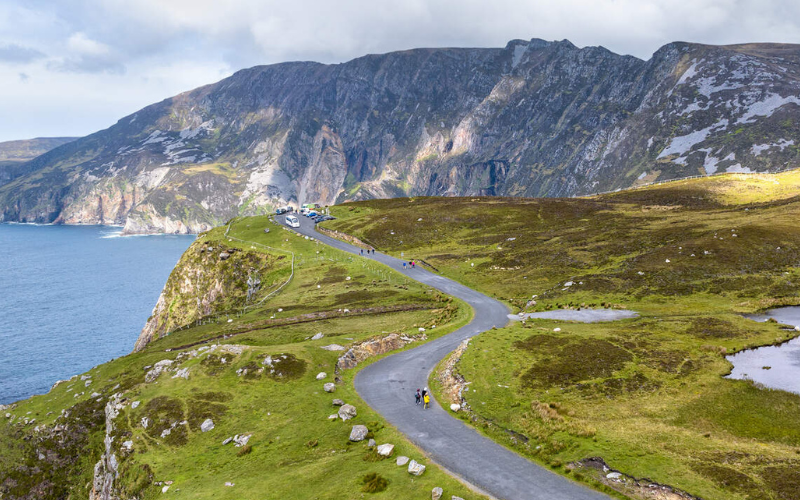The head of an Irish environmental group, which is lobbying against a planned highway on the ancient site of Tara, is in the U.S. seeking support.
Attorney Vincent Salafia founded a group called TaraWatch which is fighting a major road building project in Tara, County Meath.
The development has been the source of huge controversy in Ireland for the past number of years.
Proponents of the proposed highway, the M3, say it would cut commuting times (by between 9 and 29 minutes) for thousands of people who travel from the Navan area to Dulblin.
Those against the plan say it would destroy an ancient Irish archeological heritage.
The Hill of Tara is said to be the actual seat of the High Kings of Celtic Ireland and contains over 30 visible ancient monuments.
It is believed that St. Patrick went to Tara - the most powerful Celtic pagan site - in order to confront the religion of the Celtic pagans.
The planned highway has already been the focus of major protests and campaigns in Ireland, which have occasionally led to arrests. In 2008, one eco-protester, Lisa 'Squeak' Feeney occupied an underground tunnel in the development for three days, before being talked out of the protest by her father.
Salafia, who is from County Wickow, himself took legal action against the then Irish Minister for the Environment, Dick Roche, in a bid to stop the development. That ended up failing, and in 2006 Salafia was landed with a legal bill of almost $795,000. (The state eventually agreed not to pursue him for these costs.)
Now, with legal avenues and protests in Ireland seemingly exhausted, Salafia is looking to the U.S. to try and drum up support for his campaign.
The March edition of the Smithsonian magazine, the magazine of the Smithsonian institute, included a feature on the Hill of Tara that quoted Salafia. It said that the “archeologically rich complex on and about the Hill of Tara is seen by many as the as the spiritual and historic heart of Ireland.”
On Tuesday, Salafia met with the representatives from the World Monuments Fund, a New York-based organization that campaigns for the preservation of archeological sites. TaraWatch has recently submitted its nomination for the organization’s 2010 “100 Most Endangered Sites” list. It is currently on the 2008 list, which is compiled every two years.
Salafia also met with the Council on Archaeological Studies at Yale University on Monday, and requested that they submit a statement to the Unesco consultation that is currently under way on the development. The Hill of Tara has been nominated as for inclusion on the UN agency’s world heritage sites.
However, despite all this activity, the possibilities of stopping the development, “Are a bit late in the day,” Salafia admitted.
But he is not going to give up just yet. “But it’s our job to embarrass the government – and this is becoming a very embarrassing issue for them. People from all over the world, including the U.S, are becoming aware of this issue right now.”




Comments